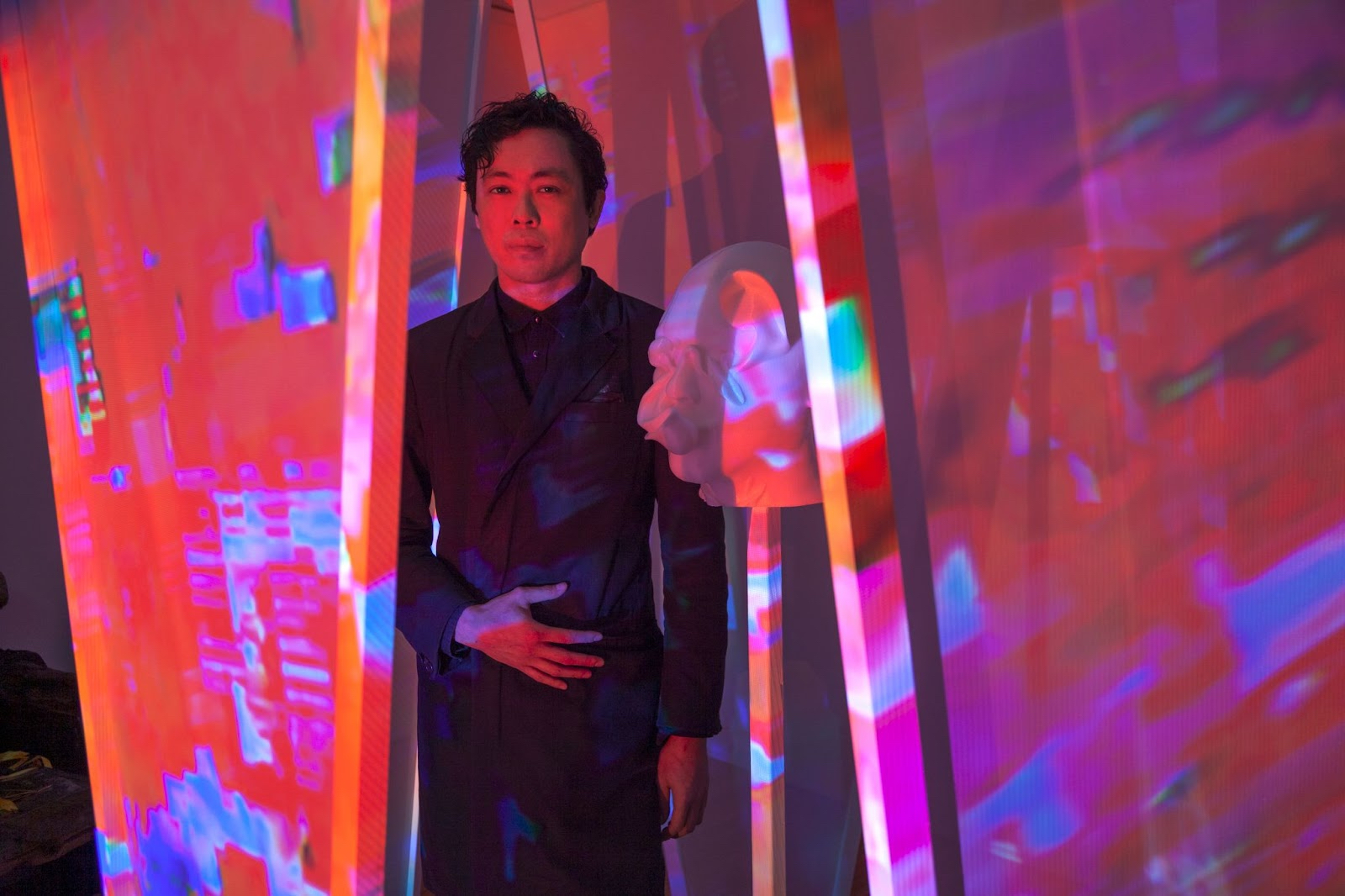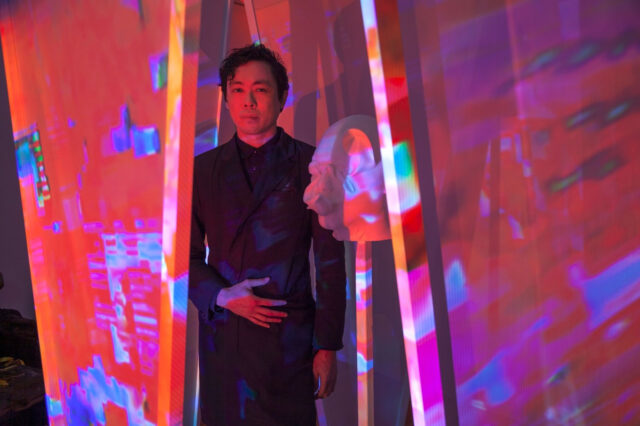How do you characterize the media you work in?
I fulfill various roles within EPOCH, the virtual exhibition space I created in 2020: I approach it not only as an artist but also as an organizer of exhibitions, a director, and a cinematographer. I construct virtual environments where artists can exhibit their creations. Although the project presents itself as a gallery, it also stands as a distinct piece of artwork in its own right. If I were to characterize it by medium, it would arguably fall under digital or virtual; however, my predominant perception of it is to create spaces for artists to inhabit.
How does your practice engage with technology?
Maintaining a real-time dialogue between virtual happenings and physical, socio-political occurrences are pivotal to me. EPOCH has evolved to allow the transposition of authentic locations and architectures—each derived from late capitalist structures—into the virtual environment. This serves as a means to anchor the conversation to tangible, real-world phenomena. I aim to pose critical questions: For whom are these spaces intended? How accurately do they represent the people and communities they claim to serve? EPOCH, being inherently collaborative, offers a platform for fostering such discussions.




